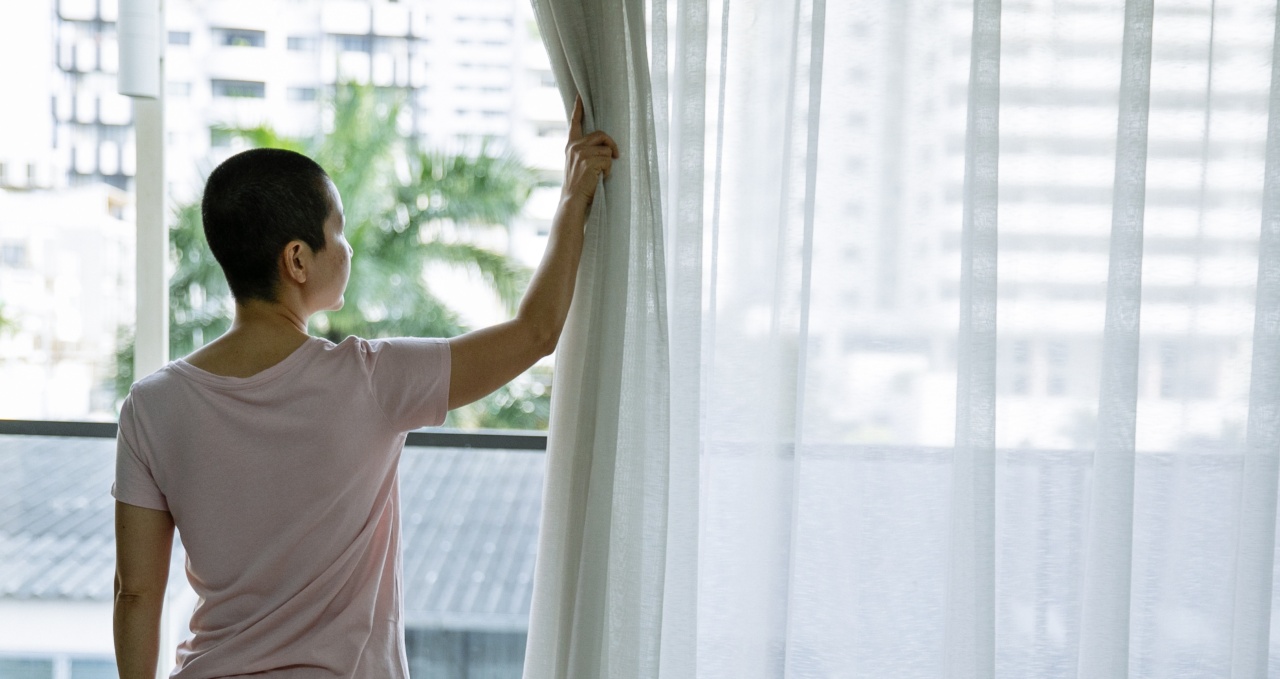Hypoglycaemia occurs when blood sugar levels drop below the normal range. This can happen to anyone with diabetes, but it’s more common in those who take medication to control their blood sugar.
Morning hypoglycaemia happens when a person’s blood sugar level drops during the night, making them wake up with a low blood sugar level. This can make their day start off poorly and can also be dangerous if left untreated. Understanding the symptoms and causes of hypoglycaemia can help people to manage their condition more effectively.
Symptoms of Morning Hypoglycaemia
The symptoms of morning hypoglycaemia are similar to those of hypoglycaemia that occurs at any other time of day. They include:.
- Feeling shaky or jittery
- Sweating
- Feeling dizzy or lightheaded
- Feeling anxious or irritable
- Hunger
- Headache
- Palpitations
- Fatigue
- Numbness or tingling in the fingers, toes, or lips
- Blurred vision
- Difficulty concentrating
- Confusion
- Unsteadiness
- Slurred speech
- Seizure or fainting, in severe cases
These symptoms can vary in severity depending on how low the person’s blood sugar level is.
Causes of Morning Hypoglycaemia
There are several reasons why a person with diabetes might experience morning hypoglycaemia. These include:.
- Skipping meals or snacks or eating too little
- Exercising too much or at the wrong time of day
- Taking too much diabetes medication, especially insulin
- Drinking alcohol excessively
- Having other health conditions, such as liver, kidney, or adrenal gland problems
- Having low thyroid hormone levels
- Using certain medications, such as beta-blockers or sulphonylureas
The amount and timing of meals, activity, and medication can all impact a person’s blood sugar level.
Preventing Morning Hypoglycaemia
There are several steps that people with diabetes can take to help prevent morning hypoglycaemia:.
- Eat regular meals and snacks at predictable times
- Avoid skipping meals or snacks
- Limit alcohol consumption to moderate levels
- Check blood sugar levels frequently, especially before bed
- Adjust medication doses under the guidance of a healthcare professional
- Have a snack before bedtime if blood sugar levels are low
- Adjust the timing or intensity of exercise
- Monitor for symptoms of hypoglycaemia and treat promptly
Preventing morning hypoglycaemia requires careful planning and regular monitoring of blood sugar levels.
Treating Morning Hypoglycaemia
If a person with diabetes experiences symptoms of hypoglycaemia, they should treat it promptly to raise their blood sugar level. This can be done by consuming a source of quick-acting carbohydrate, such as:.
- Glucose tablets or gel
- Fruit juice or regular soda
- Candy or other sweets
After consuming a source of quick-acting carbohydrate, the person should wait 15 minutes and recheck their blood sugar level. If it’s still low, they can consume another serving of the carbohydrate.
Once the blood sugar level is back within the target range, the person can resume their usual activities.
Conclusion
Morning hypoglycaemia can be a frustrating and dangerous complication of diabetes, but it can be managed with proper planning and monitoring.
By understanding the symptoms and causes of hypoglycaemia, people with diabetes can take steps to prevent and treat it and can start their day off on the right foot.































